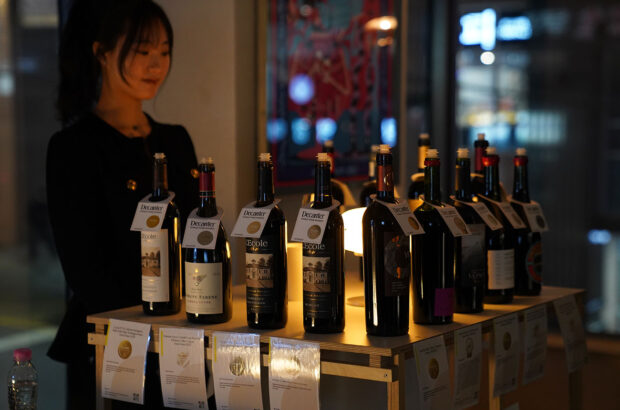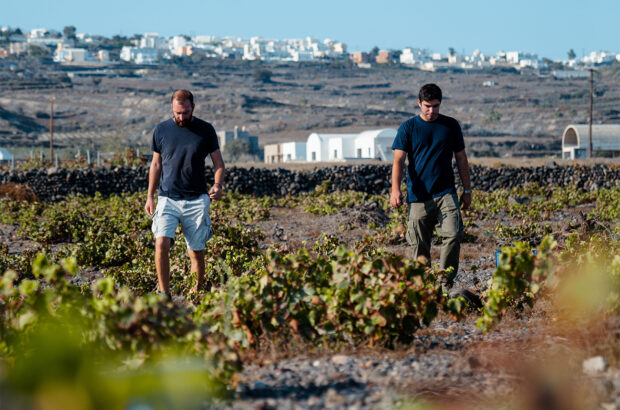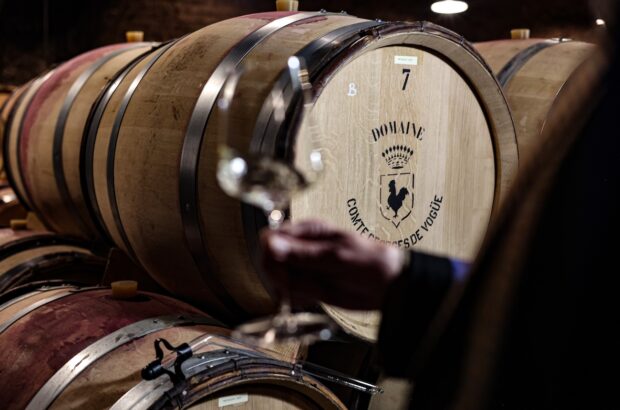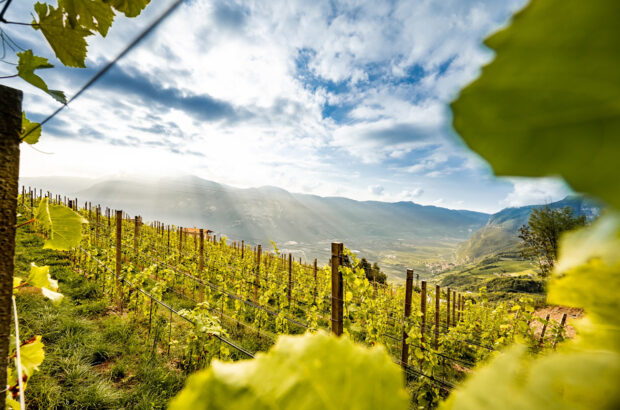This year’s International Pinotage Day, the second Saturday in October, marks an extra-special celebration for the grape, as it turns 100 years old (although the jury is out on whether the centenary reflects the date of crossing or planting (see below)).
Back in 1924, Professor Abraham Izak Perold of Stellenbosch University crossed Cinsault (then often referred to as Hermitage) and Pinot Noir, planting the first seeds the following year. The variety now makes up around 6% of vine plantings in South Africa.
Don’t miss the ultimate wine experience – book your tickets now for the Decanter Fine Wine Encounter London 2025.
It’s a grape that has had a bad (ahem…) press over the years, with some critics dismissing its wines as bitter, boozy and with a burnt rubber undertone. But increasingly there are great examples which ‘put the Pinot into Pinotage’, according to Decanter’s South Africa Editor Julie Sheppard. Some of the most highly-prized expressions come from old, low-yielding bush vines.
A single-varietal red wine may showcase plum, strawberry, red and black cherry and blackberry, sometimes with a hint of banana. Spice, chocolate, smoke and coffee notes can develop with oak-ageing. It’s also a variety used to make fruit-forward rosés.
The grape has become synonymous with the term ‘Cape blend’, establishing itself as the USP of South Africa’s red blends. Proportions used in the mix vary widely – from 30% to 70% – and since 2019 there has been a requirement for Pinotage to be the major component.
Outside South Africa, small amounts are grown in other wine producing regions including California, New Zealand, Australia and even England.
Pinotage is a great match for barbecued meat, burgers, venison, beef stews and heartier vegetable dishes such as spiced, stuffed aubergine and mushrooms.







